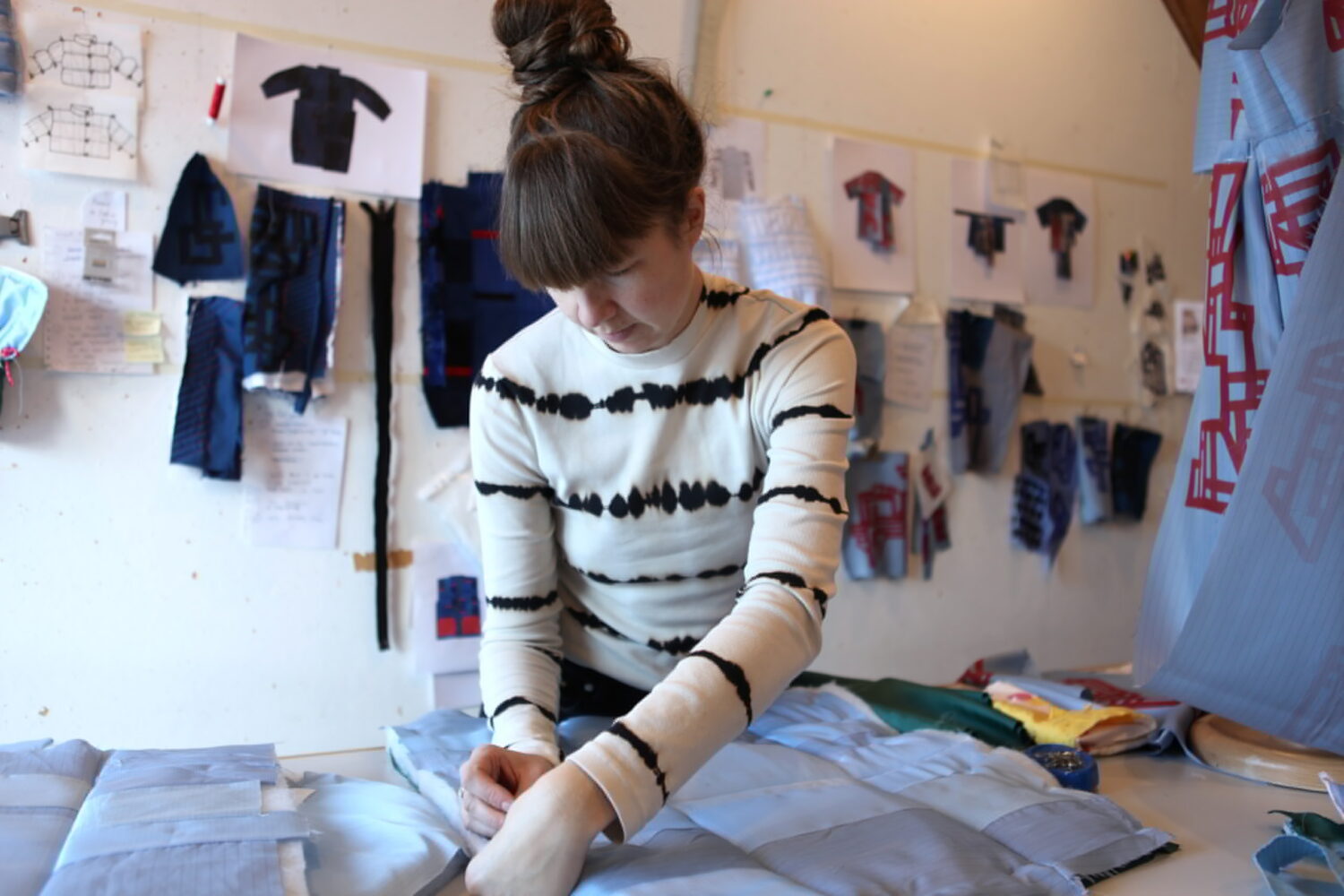The theme of the first issue is durability and staying power. This topic is closely related with aesthetics, function, wearability and use and calls for an essential green transition in the way we produce and consume. Despite many good initiatives, we do not hear much about what craft makers and designers can contribute. What does it take to design for staying power in terms of high usage frequency and longevity? How do we design for production on a much smaller scale? How do we make products that can be disassembled and reused? The lack of attention to these questions is a shame, because it makes us miss out on a lot. It is not enough to create beautiful and durable products from quality raw materials if we still produce in vast quantities with no thought for recycling. It is not enough to embrace a circular approach if it does not go hand in hand with a smaller-scale production and more conscious consumption. Last, but not least, we need to stop mindlessly mixing materials in a way that prevents the products from being taken apart, recirculated and recycled.
Of course, we need new products. And we badly need new systems for their use. If something breaks, we buy something new rather than repairing it. We buy new things on a whim or because we ‘need’ them. The old things are thrown out or stored out of sight in closets and drawers where they do no good, which is a waste of materials. Why is it not common knowledge that when the microwave stops working, the problem is often caused by a cheap, replaceable fuse? Why is repairing clothes and riveting cracked porcelain not more widely applauded? Why don’t we make sure to keep our products in circulation until they are fully worn out and then recycled? Usage practices and consumers carry much of the responsibility, but so do design and product development.
As designers and makers, we have an obligation. Our profession rests on craftsmanship, technique, process and method. Our core competence is to rethink aesthetics and function in a relevant context. We should use our expertise in new ways. Let us use Formkraft and the digital archive as inspiration for making and using durable design and craft objects for the future.
Photo: Sif Pristed Nielsen from the project ‘First World Problems’ with patterns made of the blue-striped weave of hospital bedding. The collection also includes hand-painted motifs on used laboratory workwear. The project highlights the many ways of extending the lifespan of textiles.


